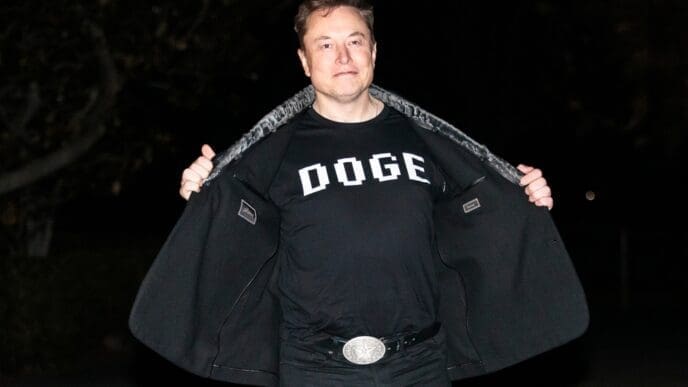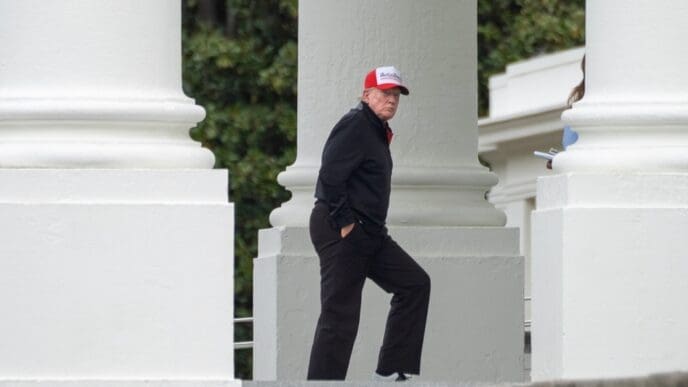In a recent decision, a federal judge has refused to halt the execution of Demetrius Frazier using nitrogen gas, scheduled to take place in Alabama.
Chief District Judge Emily C. Marks concluded that Frazier had not sufficiently demonstrated that the nitrogen gas method is excessively cruel under constitutional standards. Despite arguments from Frazier’s legal team, the ruling emphasized that his claims did not meet the necessary legal threshold to warrant an injunction.
Frazier’s impending execution marks the fourth instance of nitrogen gas employment in the United States, a method first implemented by Alabama in 2024 for capital punishment. The process involves replacing oxygen with nitrogen to induce death from asphyxiation. Critics, including Frazier’s defense, contend that this approach results in prolonged conscious suffocation rather than a swift end.
Testimonies from previous executions were presented, notably from Dr. Brian McAlary, an anesthesiologist who observed signs of distress in prisoner Carey Dale Grayson during an execution. Media accounts also reported visible physical reactions from inmates. Nevertheless, Judge Marks stated that there was insufficient evidence to suggest that this resulted in severe psychological suffering beyond that typically associated with execution.
The state maintains that these reactions may be involuntary and not indicative of conscious suffering. However, the judge acknowledged a potential breach of the Eighth Amendment if an execution involved prolonged conscious deprivation of oxygen.
Frazier’s case is further complicated by his prior conviction in Michigan, where the death penalty is not practiced. This history prompted a plea from Frazier’s mother to Michigan Governor Gretchen Whitmer, seeking to have her son serve his sentence in Michigan rather than face execution in Alabama. The governor’s office has yet to respond with any intervention.
As the debate over nitrogen gas executions continues, the legal and ethical implications remain under scrutiny. This decision highlights ongoing tension between evolving execution methods and constitutional rights.












